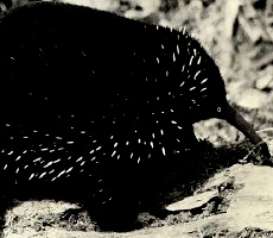| CITES the Convention on International Trade in Endangered Species of Wild Flora and Fauna |
|
The international wildlife trade, worth billions of dollars annually, has been one of the causes of decline in the numbers of many species of animals and plants. The scale of over-exploitation for trade aroused such concern for the survival of species that an international treaty was drawn up in 1973 to protect wildlife, and prevent international trade from threatening species with extinction. CITES entered into force on 1 July 1975 and now has a membership of 145 countries. These countries act by banning commercial international trade in an agreed list of endangered species and by regulating and monitoring trade in others that might become endangered. The convention has certainly had some success though it is hard quantify, and success may be partly due to raising of awareness of issues rather than prosecutions. The convention considers three appendices of species that require control. The most endangered species Appendix I:
Other species at serious risk Appendix II:
|
| Appendix I | Appendix II | Appendix III | |
| Mammals | 254 | 432 | 67 |
| Birds | 160 | 1296 | 149 |
| Reptiles | 71 | 396 | 19 |
| Amphibians | 14 | 68 | 0 |
| Fish | 8 | 28 | 0 |
| Invertebrates | 69 | 2007 | 0 |
| Plants (estimate) | 314 | 24885 | 6 |
 |
A case in point: The long nosed echidna Phylum: Chordata Class: Mammalia Order: Monotremata Family: Tachyglossidae Genus: Zaglossus Status: Threatened Listed in appendix II of CITES, this long nosed echidna is categorised as vulnerable by IUCN. Hunting with trained dogs by the New Guinean people as well as loss of natural forest habitat due to farming are the primary causes for the species' endangerment. In 1982 only 1.6 "Zaglossus" (echidna) existed per square kilometre of suitable habitat. It is thought that the disappearance of long-nosed echidnas in Australia was due to climate changes that led to decreased presence of earthworms. |
Task 3: Chose one of the species listed below that appear in CITES, Investigate; the geographical distribution, habitat and food, population and threats to survival.
|
|